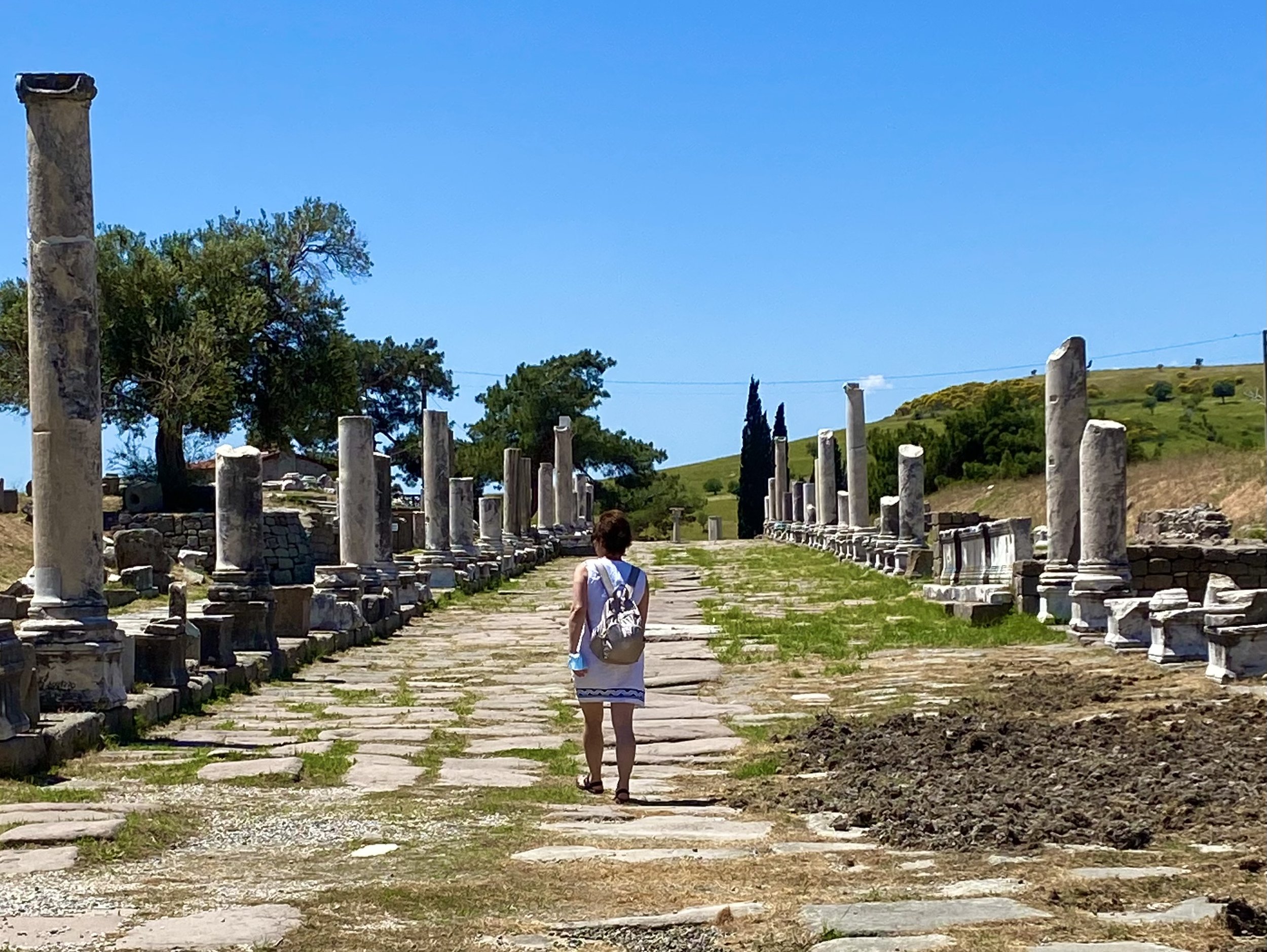Asclepieions
“Now there is in Jerusalem by the Sheep Gate a pool, in Aramaic called Bethesda, which has five roofed colonnades. In these lay a multitude of invalids - blind lame, and paralyzed. One man was there who had been an invalid for thirty-eight years. When Jesus saw him lying there and knew that he had already been there a long time, he said to hime, “do you want to be healed?” John 5:2-6
John’s gospel goes on to show that Jesus provided true physical and spiritual healing that could never have been done by some false magical power of the waters at the pool of Bethesda. The concept of healing pools, and sanctuaries of healing called Asclepieions in the Roman and Greek world had existed since the 5th century BC, long before this Biblical account. When Jerusalem was being re-built into Aelia Capitolina after the Roman conquest of 70 AD, Hadrian erected a temple to Asclepius the god of healing at the site of the Bethesda pool. An attempt to syncretize the religious beliefs of the Jews with the Roman pantheon of gods, but actually preserving the history of this Biblical place for us.
The god Asclepius is portrayed as a man with two servants entwined around a staff. Quite a few Roman cities at the time of Jesus and the apostles had sanctuaries of healing dedicated to Asclepius; Athens, Rome, Corinth, Cos, Pergamon, to name a few. The Asclepieion at Pergamon is one of the better preserved and has many of the elements seen in these sanctuaries including: temple, theater, sacred pools, sacred fountains, gymnasium, incubations (sleeping) quarters for dream interpretation. This Pergamon asclepieion was first established at the start of the 4th century BC and had its pinnacle of fame in the 2nd century AD. By that time there was a sacred road leading from the asclepieion all the way up to the top of the acropolis.
Pergamon Asclepieion - the Via Tecta - a sacred way leading up to the acropolis of the city















